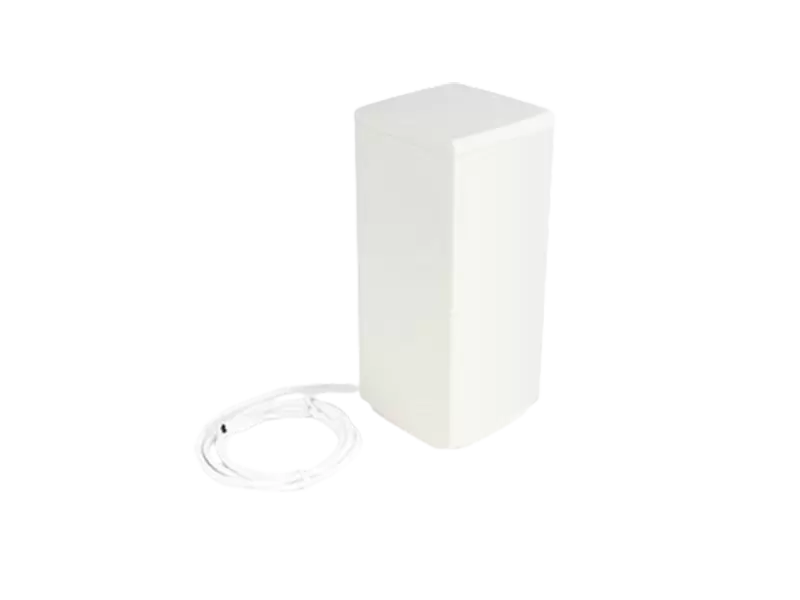- This topic is empty.
-
AuthorPosts
-
24/11/2025 at 14:08 #87741
In today's fast-paced business environment, accurate and efficient attendance tracking is critical for effective workforce management. Traditional methods such as manual sign-in sheets or simple swipe card systems often fail to provide real-time data, leading to inefficiencies and payroll inaccuracies. As organizations strive for automation, UHF RFID attendance systems have emerged as a powerful solution, offering speed, reliability, and scalability. However, deploying such a system requires careful planning to ensure optimal performance and long-term value. This article explores the key considerations organizations should evaluate before implementing a UHF RFID attendance system.
1. Understanding UHF RFID Technology
Before deployment, it’s essential to understand how Ultra High Frequency (UHF) RFID technology works. UHF RFID systems use radio frequency signals typically in the 860–960 MHz range to communicate between RFID readers and tags. Compared to low-frequency (LF) or high-frequency (HF) RFID systems, UHF offers longer read ranges (up to several meters), faster data transfer rates, and the ability to read multiple tags simultaneously.
Understanding these technical characteristics is crucial because the performance of your attendance system heavily depends on selecting the right UHF RFID components. For instance, tag type, reader sensitivity, and antenna placement can significantly affect read accuracy and range.
2. Identifying Your Organization’s Requirements
Every organization has unique attendance tracking needs, and a one-size-fits-all approach rarely works. Key requirements to consider include:
-
Employee volume: Large organizations may need multiple readers capable of handling high-frequency reads without bottlenecks.
-
Workplace layout: Open office floors, production lines, and outdoor facilities all have different signal propagation challenges.
-
Integration needs: Determine whether the UHF RFID system must integrate with existing HR, payroll, or enterprise resource planning (ERP) systems.
-
Mobility: Some workplaces may require mobile attendance tracking, which would influence the type of readers and tags selected.
Conducting a thorough needs assessment ensures that the deployed system aligns with your operational goals and avoids unnecessary costs.

3. Selecting the Right UHF RFID Tags
The choice of RFID tags is a critical factor in system performance. Tags come in different forms, such as cards, fobs, wristbands, or embedded badges, and can be passive, active, or semi-passive. For attendance systems, passive UHF RFID tags are typically preferred due to their cost-effectiveness and maintenance-free operation.
Consider the following when selecting tags:
-
Durability: Tags must withstand the daily wear and tear of employees’ routines.
-
Read range: Ensure the tag can be read at the required distance for your workplace environment.
-
Anti-collision capability: For environments where multiple employees may pass through an entrance simultaneously, tags must support fast, accurate reads.
Proper tag selection prevents issues like missed scans or duplicate entries, which can compromise the reliability of the system.
4. Reader Placement and Coverage
Reader placement directly affects the system’s accuracy. UHF RFID readers can be stationary or handheld, and antennas can be positioned to optimize coverage. Key considerations include:
-
Entrance and exit points: Ensure all access points are covered to avoid untracked attendance.
-
Signal interference: Metal structures, electronic devices, and walls can cause signal reflection or attenuation. Site surveys may be necessary to identify optimal reader positions.
-
Redundancy: In high-traffic areas, consider overlapping reader coverage to prevent missed scans.
Planning the layout carefully ensures that the system performs reliably and minimizes gaps in attendance data.
5. Software and Data Management
A UHF RFID attendance system is not just about hardware; the software component is equally critical. Your software should:
-
Record real-time attendance: Immediate data capture helps prevent time discrepancies.
-
Generate reports: Detailed reporting on employee presence, late arrivals, and absenteeism aids HR decision-making.
-
Integrate with payroll: Direct integration reduces manual data entry and errors.
-
Provide user access control: Ensure sensitive data is protected with proper authentication and encryption.
Choosing robust, scalable software ensures your investment delivers long-term efficiency and insights.
6. Security and Privacy Concerns
With any automated tracking system, security and privacy are major considerations. Organizations must comply with local data protection regulations, such as GDPR in Europe or CCPA in California. Key measures include:
-
Data encryption: Protect attendance records during transmission and storage.
-
Access controls: Limit who can view, modify, or export attendance data.
-
Audit trails: Maintain records of data access and system changes for accountability.
Failing to address these concerns can lead to legal penalties and undermine employee trust.
7. Cost Considerations
Budget planning is essential to avoid unexpected expenses. The total cost of deploying a UHF RFID attendance system includes:
-
Hardware: Readers, tags, antennas, and supporting infrastructure.
-
Software licenses: Depending on features and user count.
-
Installation and integration: Site surveys, system setup, and configuration.
-
Maintenance: Regular system checks, software updates, and potential hardware replacement.
Comparing multiple vendors and conducting a cost-benefit analysis can help ensure that your investment delivers tangible ROI.
8. Training and Change Management
Even the most advanced system is ineffective if employees and administrators don’t know how to use it. Implement a comprehensive training program that covers:
-
How employees use RFID tags for attendan
https://www.marktracerfid.com/news/key-considerations-before-deploying-a-uhf-rfid-attendance-system.
marktracerfid
-
-
AuthorPosts
- You must be logged in to reply to this topic.